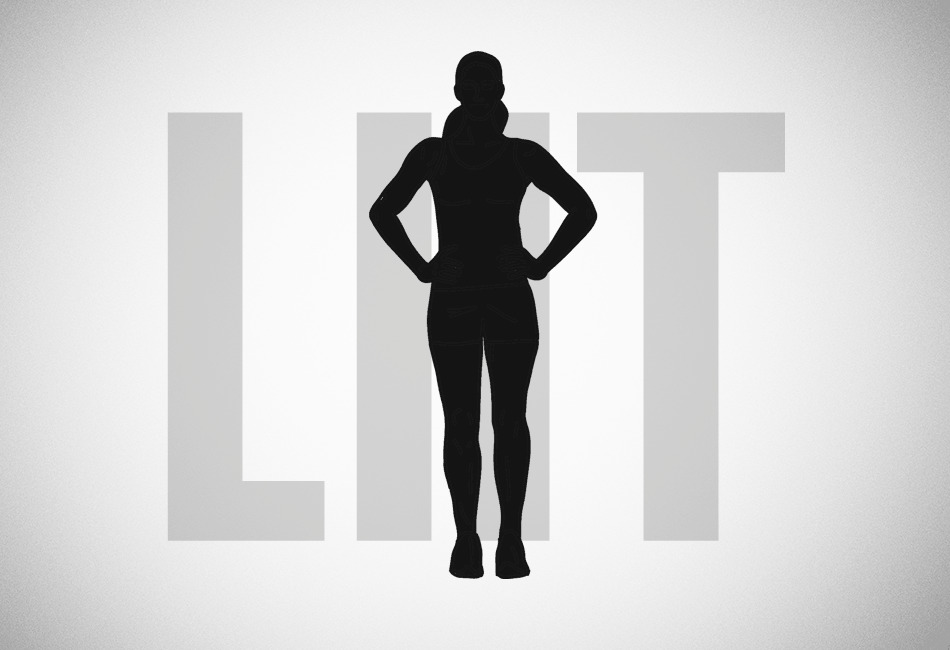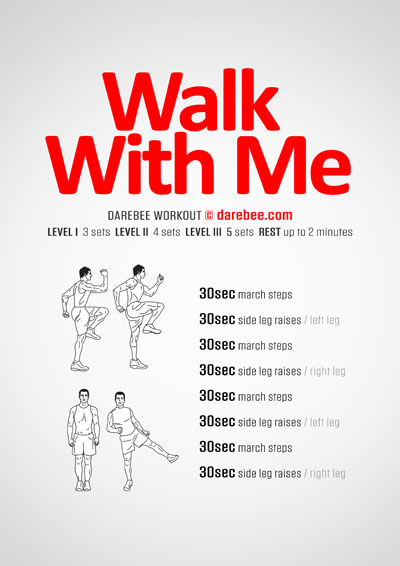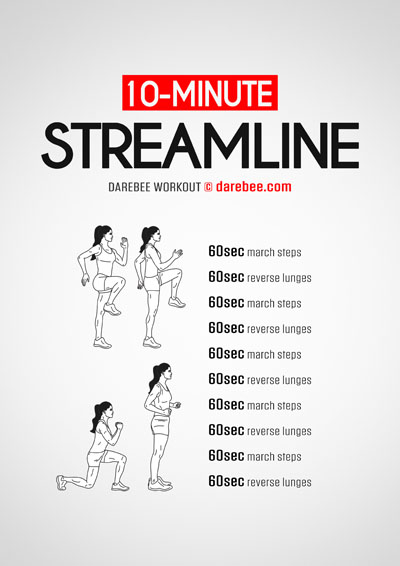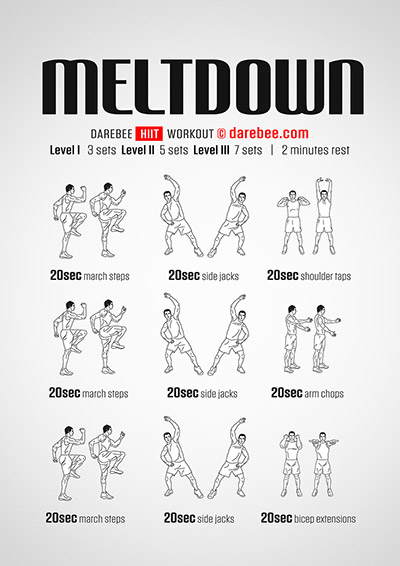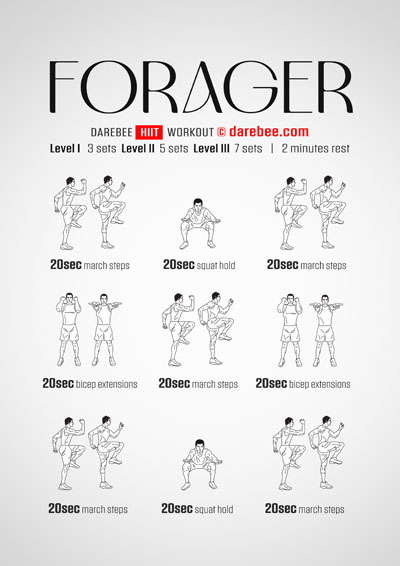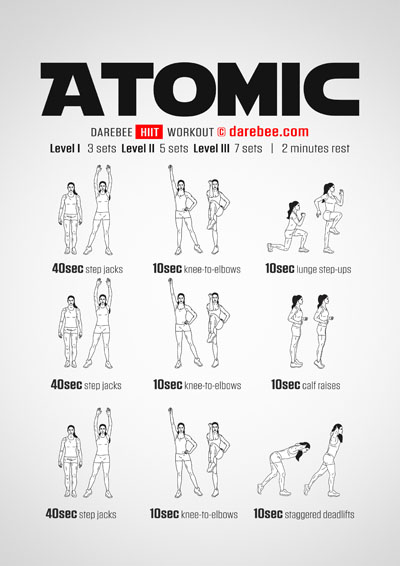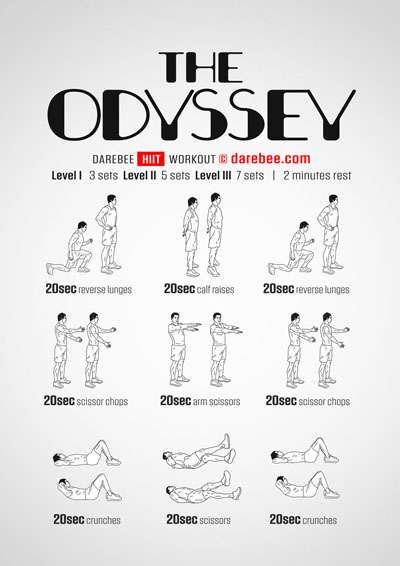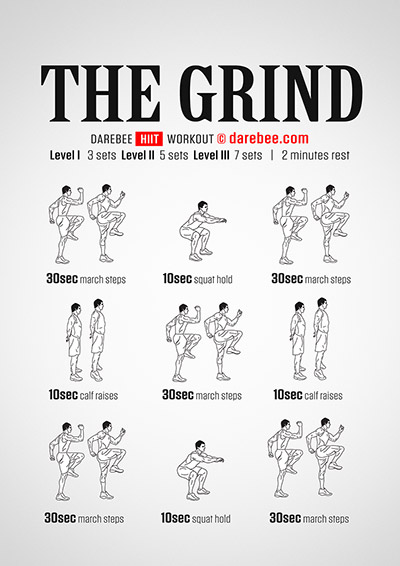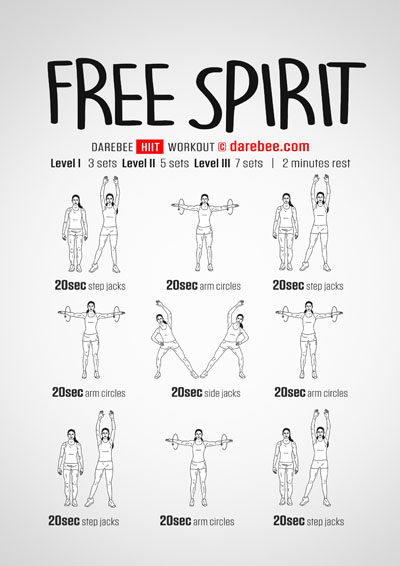High Intensity Interval Training (HIIT) is probably the only shortcut there is when it comes to building strong muscles and losing weight. But HIIT training is also a high, external stressor that tires us out significantly, makes it harder to be able to train the next day and, if we are carrying extra weight or have only just got back into fitness after illness or a long lay-off, it puts a lot of pressure on our joints, cardiovascular system and aerobic conditioning.
We each exercise for our own reasons but our motivation works the exact same way: dopamine is released in our system[1] activating specific receptors which, in turn, fire up parts of our neural network to enable us to seek or avoid something. What drives us to seek or avoid something has a lot with the way we perceive its value and how that value is perceived relies on how we experience the thing we seek (or avoid).
Doing 100 burpees in one go, to choose an example, is a pretty uncomfortable experience. If, however that experience is well within our capabilities then the discomfort we feel is not going to stop us from doing it again because we are seeking to get fitter and stronger and that is the perceived value of the exercise for us. But for someone who is not at that level the 100-burpees workout is not just going to feel uncomfortable while they are executing it but they will experience significant Delayed Onset Muscle Soreness (DOMS) within the next 48 hours. When it comes to doing that workout again, they will struggle to find the ‘right mood’ to do it.
There will be all sorts of excuses but, really, what will be at work is dopamine levels which will be released, in this case, to avert this workout.
Which brings us to Low Intensity Interval Training (LIIT). Conventional wisdom told us that the moment intensity dropped we also lost the trigger that would force adaptations to take place in our body that would result in stronger muscles, a leaner body and more robust cardiovascular and aerobic systems. Conventional wisdom however is not always right and the science on this one tells a different story.
The Science Behind Low-Intensity Interval Training (LIIT)
When it comes to reducing weight a 2015 study looked at adults who were obese showed that what mattered was not the intensity level of exercise but the consistent workouts where you showed up and exercised regularly.[2] This was further backed up by a 2021 study carried out by the Riphah International University[3]. This study used just 34 overweight participants and it showed that both high intensity interval training (HIIT) and low intensity interval training (LIIT) were able to help them shed weight, increase mobility and improve their quality of life.
Other studies still[4] have shown that low intensity interval training (LIIT) can, over time, have hypertrophy effects on muscle (i.e. helping muscle tissue grow larger) that are identical to those induced by high intensity interval training (HIIT).
The theory behind it is that “… besides mechanical stress, other stimuli, such as metabolic stress, are able to stimulate muscle growth.”
Having strong, healthy muscles is great for maintaining skin health, keeping the brain healthy, and maintaining a good range of motion (ROM). The problem is that as we train we also place joints, muscles, tendons and ligaments under mechanical stress, particularly during high-impact HIIT workouts. Low intensity interval training (LIIT), on the other hand significantly reduces that mechanical stress joints and bones and tendons feel.
The reduction in mechanical stress also reduces potential tissue damage and inflammation and helps the body apportion energy to develop strength and stability in joints and build better muscles. In short, by engaging in LIIT workouts you give your body a much better chance to focus on getting stronger and feeling healthier than if it also has to heal self-inflicted damage.[5]
This makes LIIT workouts perfect for:
• People who are overweight[6]
• People who are new to exercise
• People who are coming back from an injury[7]
• People who are coming back after a long lay-off
LIIT Training Is Also Good For Cognitive Health
Because low intensity interval training (LIIT) requires the body to carry out sustained, physical activity for periods that are usually longer than the average, more intense, workout it also helps moderate endurance[8] but very good balance. The combination of prolonged, low-intensity physical activity coupled with low-impact exercises also has benefits for brain health and cognition, especially among older adults.[9]
A very recent study[10] that looked at the impact of both low intensity interval training (LIIT) and high intensity interval training (HIIT) in trained subjects found that both LIIT and HIIT unexpectedly improved resistance to fatigue by approximately the same amount. The implication is that high intensity in workouts delivers physical benefits that are measured by increases in VO2 Max, the maximum or optimum rate at which the heart, lungs, and muscles can effectively use oxygen during exercise, as well as strength and speed, but the human body responds to physical exercise induced fatigue the same way regardless of how intense it is.
Summary
Low intensity interval training (LIIT) is a perfect way to improve your fitness when we are overweight. It is a great way to get back into exercise after a lay-off and it is excellent for developing good balance and improving brain health and cognition as we age.
Suggested Workouts
Suggested Programs
Research
Bromberg-Martin ES, Matsumoto M, Hikosaka O. Dopamine in motivational control: rewarding, aversive, and alerting. Neuron. 2010 Dec 9;68(5):815-34. doi: 10.1016/j.neuron.2010.11.022. PMID: 21144997; PMCID: PMC3032992.
Robert Ross, Robert Hudson, Paula J. Stotz, et al. Effects of Exercise Amount and Intensity on Abdominal Obesity and Glucose Tolerance in Obese Adults: A Randomized Trial. Ann Intern Med.2015;162:325-334. [Epub 3 March 2015]. doi:10.7326/M14-1189
Effect of HICT and LIIT on Functional Strength and Weight Efficacy in Overweight and Obese Females.
Sperlich, Billy. (2020). From LIIT to HIIT - Current research applying low and high-intensity interval training.
Assegid, Ketema. (2021). Effects of low intensity interval training on physiological variables of university students. Pedagogy of Physical Culture and Sports. 25. 333-341. 10.15561/26649837.2021.0508.
Walhin JP, Dixon NC, Betts JA, Thompson D. The impact of exercise intensity on whole body and adipose tissue metabolism during energy restriction in sedentary overweight men and postmenopausal women. Physiol Rep. 2016 Dec;4(24):e13026. doi: 10.14814/phy2.13026. PMID: 28039399; PMCID: PMC5210391.
Stöggl, T.L., Blumkaitis, J.C., Strepp, T. et al. The Salzburg 10/7 HIIT shock cycle study: the effects of a 7-day high-intensity interval training shock microcycle with or without additional low-intensity training on endurance performance, well-being, stress and recovery in endurance trained athletes—study protocol of a randomized controlled trial. BMC Sports Sci Med Rehabil 14, 84 (2022).
Meyer T, Auracher M, Heeg K, Urhausen A, Kindermann W. Effectiveness of low-intensity endurance training. Int J Sports Med. 2007 Jan;28(1):33-9. doi: 10.1055/s-2006-924037. PMID: 17213964.
Tse AC, Wong TW, Lee PH. Effect of Low-intensity Exercise on Physical and Cognitive Health in Older Adults: a Systematic Review. Sports Med Open. 2015;1(1):37. doi: 10.1186/s40798-015-0034-8. Epub 2015 Oct 20. PMID: 26512340; PMCID: PMC4612316.
Pekka Matomäki1, Olli J. Heinonen, Ari Nummela, Jari Laukkanen, Eero-Pekka Auvinen, Leena Pirkola, Heikki Kyröläinen. Durability is improved by both low and high intensity endurance training. Front. Physiol., 16 February 2023. Sec. Exercise Physiology. Volume 14 - 2023


